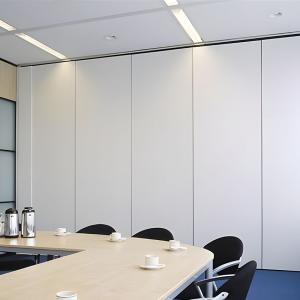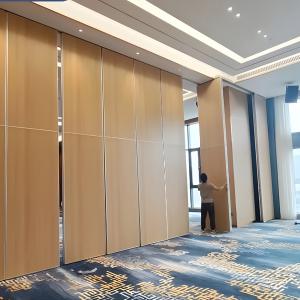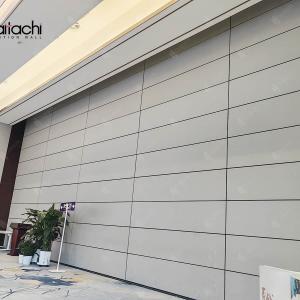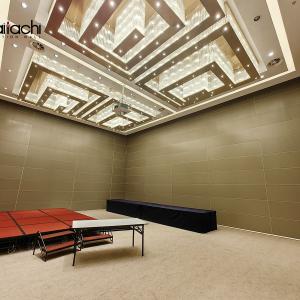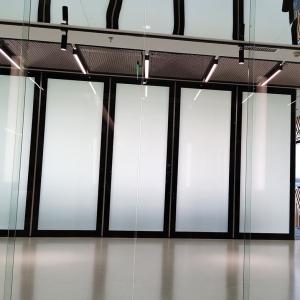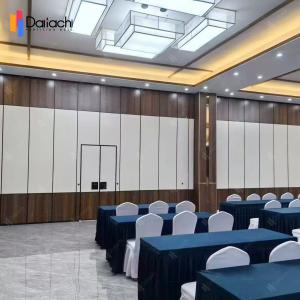Operable walls, also known as moving walls, are an innovative design solution for dividing spaces flexibly. They are widely used in environments such as conference rooms, banquet halls, and shopping malls, public buildings, schools and nurseries. The primary function of operable acoustic walls is to adapt the layout according to specific needs, allowing, for example, a large conference room (such as one measuring 1,000 square meters) to be divided into two smaller meeting rooms, or seamlessly combined into one large space when required.
Types of Operable Walls
Operable sliding folding partition walls can be categorized based on their surface materials:
1.Wooden Operable Walls
- Commonly used in banquet halls and conference rooms.
- Surfaces can be decorated in various ways, including upholstery, wallpaper, paint, or even marble and metal finishes.
- The goal is to blend the operable wall seamlessly with the overall interior design, making it nearly indistinguishable from a regular wall when closed.
2.Framed Glass Operable Walls
- Typically employed in conference rooms where visual permeability is important.
- They provide sound insulation, ensuring privacy during meetings.
- These office sliding walls can also feature manual or motorized blinds for enhanced visual and acoustic privacy.
3.Full Glass Operable Walls
- Ideal for large public spaces such as airports, train stations, and retail shops.
- They do not require stringent soundproofing or temperature control, mainly serving to temporarily separate foot traffic.
- These office Folding Walls offer excellent visual transparency and are increasingly adopted in duty-free shops and modern shopping malls.
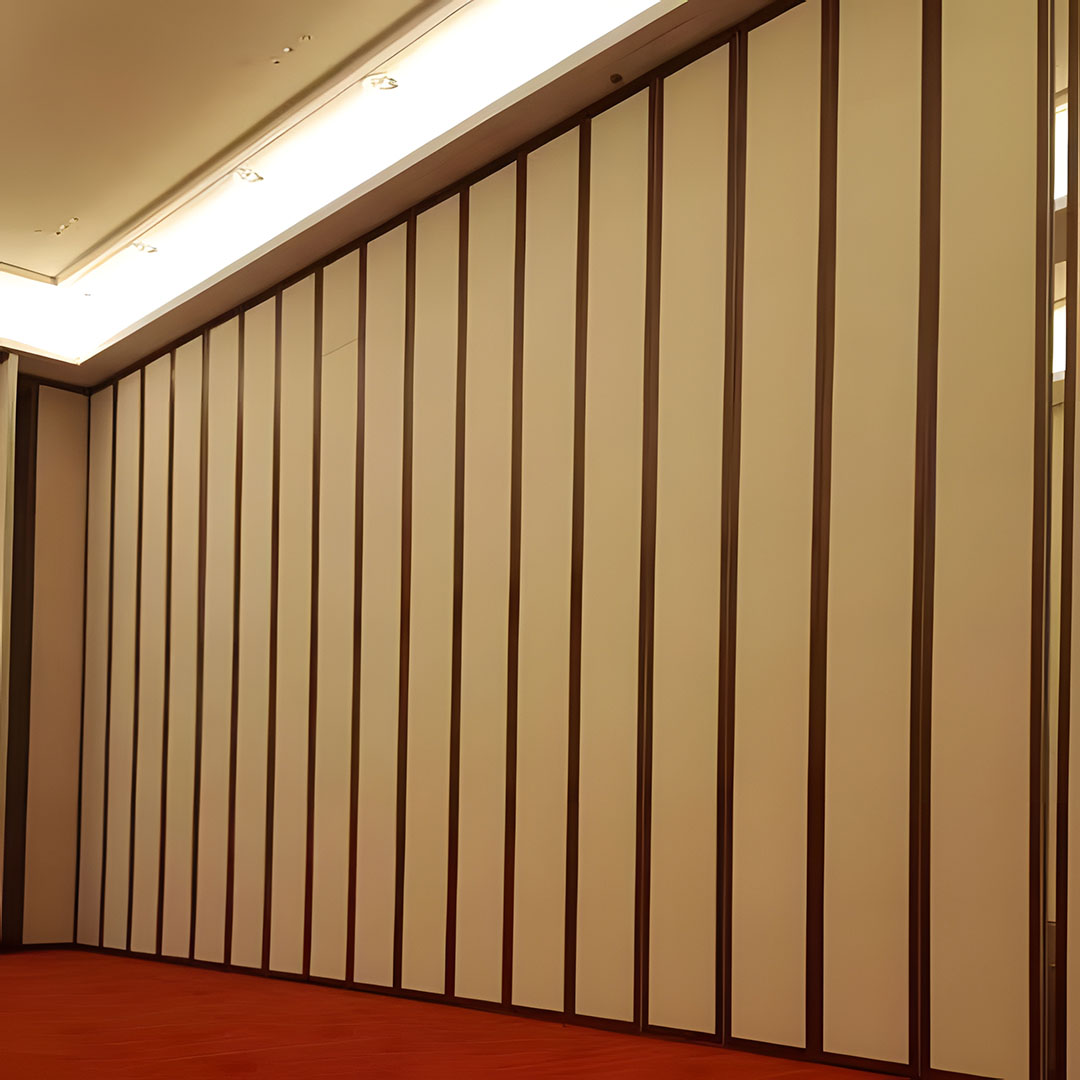
Operation Modes
Operable modular partitions walls can be classified into three operational modes:
1.Manual Operable Walls
- All actions are performed manually, requiring users to close each partition panel and adjust the top and bottom seals.
2.Semi-Automatic Operable Walls
- The first action is done manually, while the second is powered by an electric motor to facilitate seal adjustments.
3.Fully Automatic Movable Walls
- Both actions are motor-driven, allowing panels to automatically close and seal without manual intervention.
Thickness Classification
Folding Room partition walls are also categorized by panel thickness: 68mm, 85mm, and 100mm. A thickness of 68mm is suitable for offices or conference rooms, generally not exceeding 3.5 meters in height. In contrast, 85mm and 100mm thicknesses are ideal for banquet halls or public meeting areas, providing superior sound insulation.
By thoughtfully designing operable conference Room partition walls, you can maximize the efficiency and flexibility of your space, creating optimal experiences for a variety of settings
